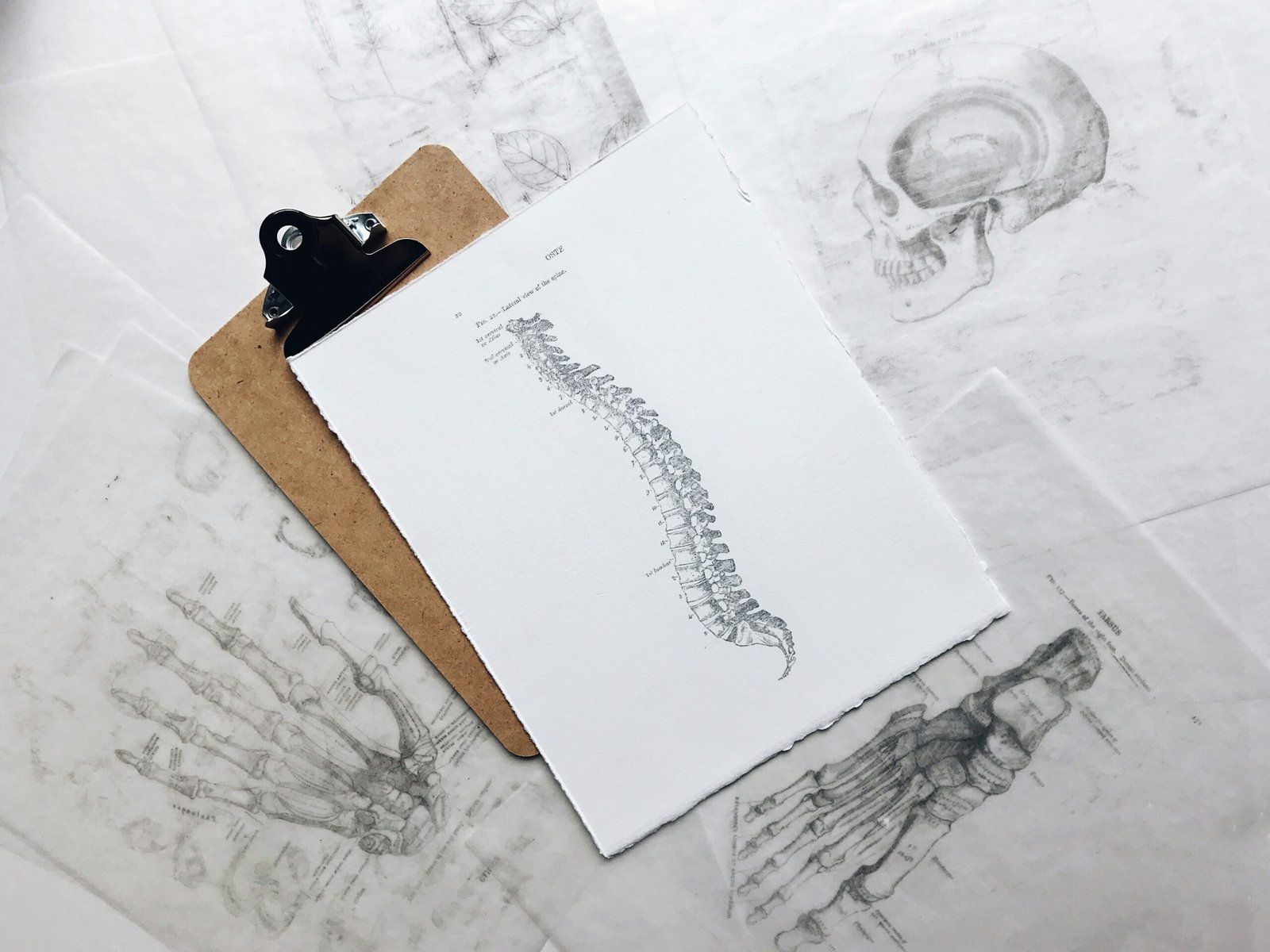Maintaining Healthy Joints: The Importance of Flexibility and Strength
March 13, 2024 | by zhealtheist.com

Bend, Don’t Break: Flexibility and Strength for Healthy Joints
Our joints play a crucial role in our everyday movements, allowing us to walk, run, jump, and perform various activities. However, as we age, our joints tend to lose their flexibility and strength, leading to discomfort and limited mobility. The good news is that there are ways to maintain healthy joints and prevent or alleviate joint-related issues. In this article, we will explore the importance of flexibility and strength for healthy joints and provide some tips on how to achieve and maintain them.
The Importance of Flexibility for Healthy Joints
Flexibility is a key component of joint health. It refers to the range of motion that a joint can achieve without pain or discomfort. When our joints are flexible, they are better able to absorb shock, adapt to different movements, and distribute stress evenly. This reduces the risk of joint injuries and allows us to move more freely.
Regular stretching exercises can help improve flexibility and maintain healthy joints. Incorporating activities like yoga or Pilates into your routine can enhance joint mobility and flexibility. These exercises focus on stretching and strengthening the muscles around the joints, promoting better joint function and reducing the risk of stiffness and pain.
The Role of Strength in Supporting Healthy Joints
While flexibility is important, it is equally crucial to have strong muscles to support our joints. Strong muscles help stabilize the joints, reducing the load and stress on them. When our muscles are weak, the joints have to bear more weight and pressure, increasing the risk of joint damage and pain.
Strength training exercises, such as weightlifting or resistance training, can help build muscle strength and support healthy joints. By targeting specific muscle groups, these exercises help improve joint stability and reduce the risk of joint-related issues. It is important to start with light weights and gradually increase the intensity to avoid straining the joints.
Tips for Maintaining Healthy Joints
In addition to flexibility and strength exercises, there are other habits and practices that can contribute to maintaining healthy joints:
- Stay active: Regular physical activity helps keep the joints lubricated and reduces stiffness. Aim for at least 30 minutes of moderate-intensity exercise, such as brisk walking or cycling, most days of the week.
- Maintain a healthy weight: Excess weight puts additional stress on the joints, particularly the knees and hips. By maintaining a healthy weight, you can reduce the load on your joints and decrease the risk of joint problems.
- Eat a balanced diet: Proper nutrition is essential for joint health. Include foods rich in omega-3 fatty acids, antioxidants, and vitamins and minerals, such as fish, nuts, fruits, and vegetables, in your diet.
- Avoid overuse and repetitive movements: Performing the same movements repeatedly can strain the joints. Take breaks, alternate activities, and use proper techniques to avoid overloading the joints.
- Listen to your body: Pay attention to any discomfort or pain in your joints. If you experience persistent pain or swelling, consult a healthcare professional for a proper diagnosis and treatment.
Conclusion
Flexibility and strength are essential for maintaining healthy joints. By incorporating stretching exercises, strength training, and adopting healthy habits, we can improve joint mobility, reduce the risk of joint-related issues, and enjoy a more active and pain-free lifestyle. Remember to listen to your body, take care of your joints, and seek professional guidance if needed. With a little effort and attention, you can bend without breaking and keep your joints healthy for years to come.
References:
1. American Academy of Orthopaedic Surgeons. (2021). Joint Health. Retrieved from https://orthoinfo.aaos.org/en/staying-healthy/joint-health/
2. Harvard Health Publishing. (2020). Stretching: Focus on flexibility. Retrieved from https://www.health.harvard.edu/staying-healthy/stretching-focus-on-flexibility
3. Mayo Clinic. (2021). Strength training: Get stronger, leaner, healthier. Retrieved from https://www.mayoclinic.org/healthy-lifestyle/fitness/in-depth/strength-training/art-20046670
RELATED POSTS
View all



